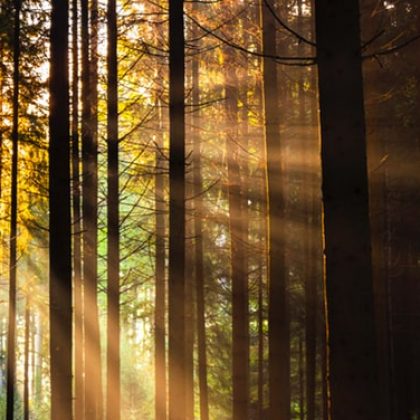George Frison: riding on his coattails at La Prele
It was the summer of 2017 and we had just discovered a partial Clovis point at the La Prele Mammoth site in a test unit 20 meters from the mammoth. Immediately Rich Adams excitedly phoned George Frison to tell him that we finally had proof the site was associated with Clovis. He asked if we were sure. Yes, we were sure. A few hours later George pulled onto site, after diverting a trip to see family, and with a huge smile on his face stated, “No doubt what that is.”
The La Prele Mammoth site was first excavated by Frison and crew in the spring of 1987. They recovered one stone tool, a few flakes, and the partial remains of a Columbian Mammoth. Frison suspected the site was a mammoth kill, but due to landowner permissions could not complete more excavations. For nearly 30 years he watched the site and waited for the opportunity to return. While other Paleoindian archaeologists viewed the site as, at best, a questionable megafauna butchery site, George never doubted that humans had killed that mammoth. He was the one who prompted our return to site in 2014. As a result, we finally confirmed a cultural association at the site and found that Clovis point he had started looking for 30 years previously.
There are many words that can be used to describe George Frison: archaeologist, rancher, professor, veteran, National Academy member, and Wyomingite. Over the course of his career he published more than a dozen books and countless articles, all after starting his professional archaeology career in his late-30s. He continued to work on projects throughout his retirement and could be found nearly daily in his office working on ongoing projects.
All of these are remarkable accomplishments, but I will always remember him most for being a humble, generous, and kind spirit. George was always willing to take time to talk anyone who wanted his ear. He was a regular attendee of our department coffee hours and would occasionally turn up with some artifact relevant to a recent conversation. When I gave him a copy of the published La Prele article the first thing he did was read it carefully enough to find a typo I had missed and passed along a message to me to fix it so “everybody would know that those people in Wyoming know how to spell.”
In a lot of ways our work at La Prele is riding on his coattails. The site contains some of the biggest hallmarks we associate with Clovis: butchered megafauna remains and a beautiful set of stone tools. However, in many other ways, the site is atypical as it includes artifacts unusual for the Clovis period including large amounts of ocher and bone needles, all located within the temporary camp occupied during mammoth butchery. Besides adding another site to the record of Clovis megafauna hunting, by showing the mammoth and cultural occupation are associated, we can now approach more interesting questions about Clovis using the identified camp. No matter which direction this site takes us, George Frison will always be the site’s biggest advocate because he was the one who never doubted its importance for nearly 30 years.
Words by Madeline Mackie. ‘Confirming a Cultural Association at the La Prele Mammoth Site (48CO1401), Converse County, Wyoming’, co-authored by George Frison, is published in ‘American Antiquity’ and free to access.







